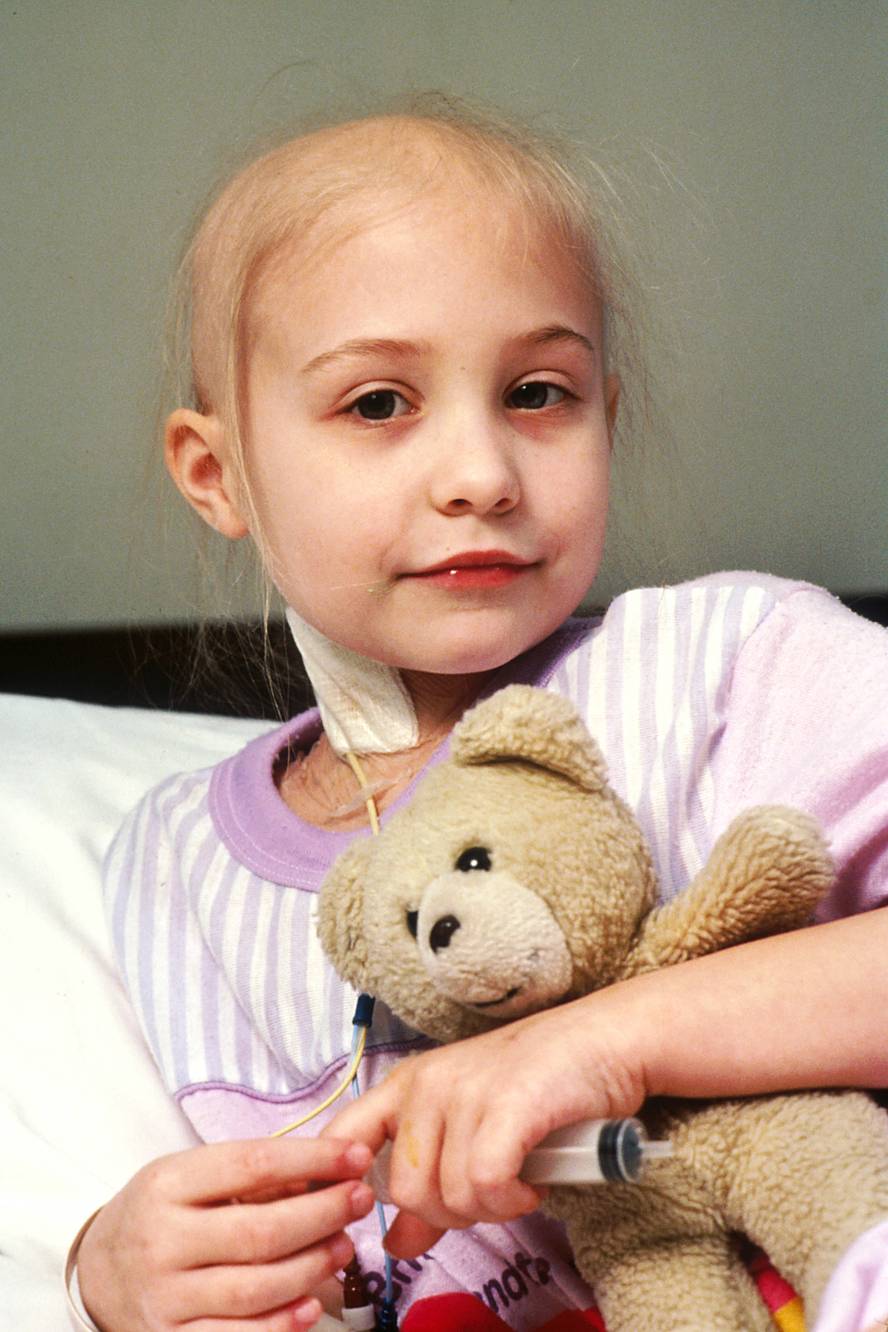One study suggests that childhood leukemia may be partially prevented
Text created by automatic translator Elia and has not been subsequently revised by translators. Elia Elhuyar
Acute lymphoblastic leukemia is the most common cancer in children. In a recent study published in Nature Reviews Cancer, it has been suggested that many cases can be prevented.
According to the study conducted at the London Cancer Research Institute, acute lymphoblastic leukemia occurs in two steps. The first step is a genetic mutation. This mutation occurs in the fetus, at risk of developing leukemia. It has been determined that 1% of children are born with this mutation.
Another key step in cancer development is the existence of one or more common infections in cases where the first year has been in a very clean environment and without contact with other children.
According to researchers, premature infections contribute to the proper development of the immune system. Therefore, if the medium is too clean, the immune system may have failures, which can lead to the development of leukemia in children with previous genetic risk.






